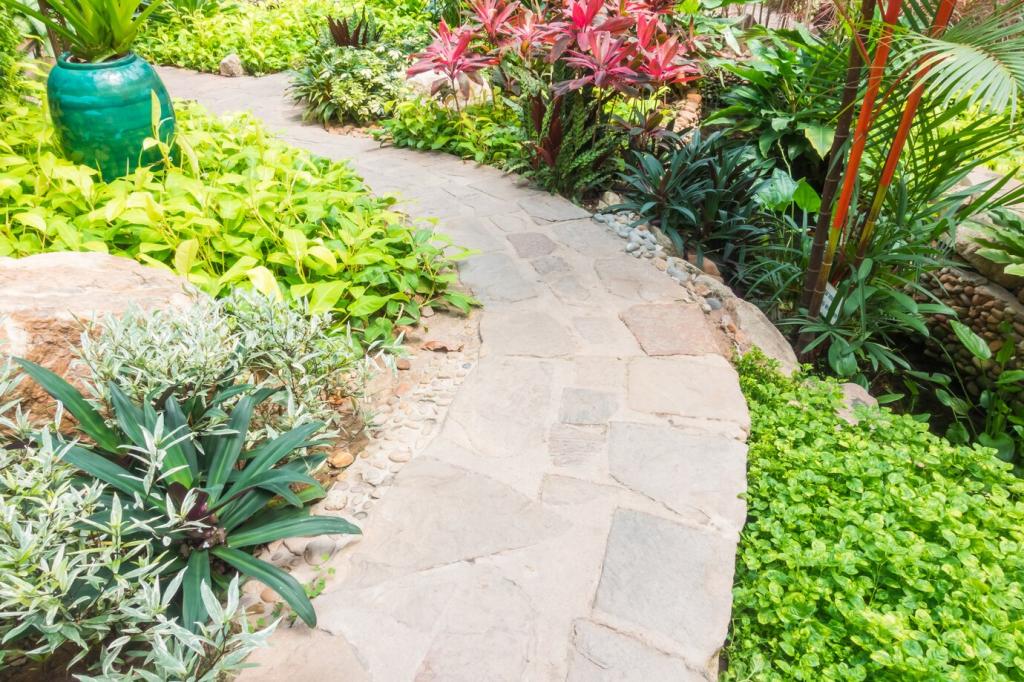Soil First: Using Compost to Power Landscape Performance
After core aeration, rake in a quarter inch of screened compost, then water deeply. It smooths minor bumps, improves drainage, and feeds microbes. My dull spring lawn turned lively emerald in three weeks. Did topdressing rescue your turf, too?
Soil First: Using Compost to Power Landscape Performance
Spread a two-inch compost layer beneath shrubs and perennials to suppress weeds, reduce evaporation, and invite earthworms to till for you. Keep it off trunks to prevent rot. What mulch depth works best in your climate’s longest dry spell?


